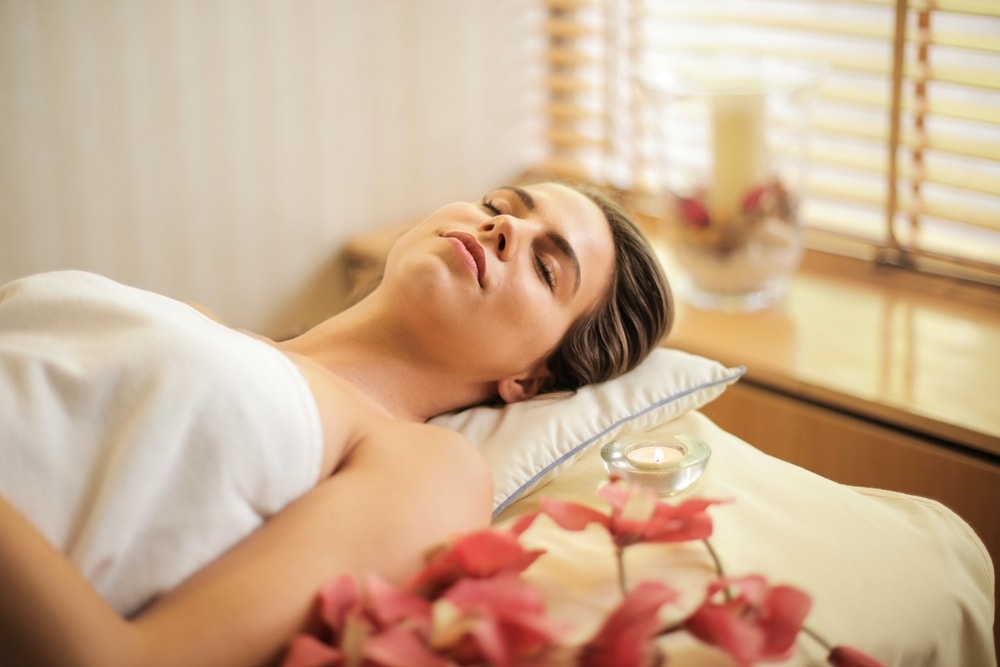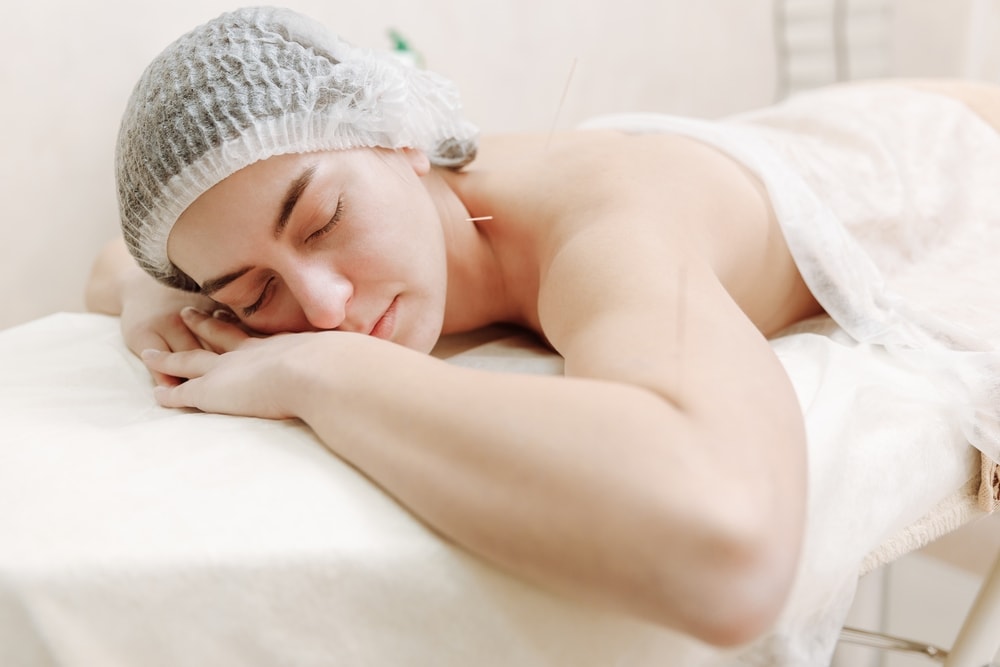The Benefits of Combining Medical and Spa Treatments
Medical treatments and spa treatments are often seen as separate entities, each with their own distinct purposes. However, when combined, these two types of treatments can provide a range of benefits that can help to improve both your physical and mental well-being.
Advantages of Combining Medical and Spa Treatments
Here are some of the key advantages of combining medical and spa treatments:
Improved Health and Wellness
Medical treatments can help to address specific health concerns and conditions, while spa treatments can help to promote relaxation and reduce stress. Combining the two can help to enhance overall health and wellness, by addressing both physical and mental needs.
Enhanced Relaxation and Stress Relief
Many medical conditions can be exacerbated by stress, and relaxation techniques can help to reduce stress levels and promote healing. Combining medical treatments with spa treatments like massages or aromatherapy can help to promote deep relaxation, reduce stress levels, and improve overall mood.
Enhanced Beauty and Appearance
Some medical treatments, such as cosmetic procedures, can help to enhance physical appearance. By combining these treatments with spa treatments like facials or body wraps, you can further enhance your appearance and improve your confidence and self-esteem.
Improved Recovery from Injuries and Medical Conditions
Spa treatments like massage therapy or hydrotherapy can help to promote healing and improve recovery times from injuries or medical conditions. Combining these treatments with medical treatments like physical therapy or chiropractic care can help to enhance the healing process and improve overall outcomes.
Examples of Combined Medical and Spa Treatments
Here are some examples of treatments that combine medical and spa elements:
- Facial rejuvenation treatments that combine medical-grade skincare products with relaxation techniques like facial massage or aromatherapy.
- Massage therapy that combines medical knowledge of the musculoskeletal system with relaxation techniques like hot stone massage or reflexology.
- Acupuncture, which is a medical treatment that can be combined with spa elements like calming music or aromatherapy to enhance relaxation and reduce stress.
How to Find a Medical Spa that Offers Combined Treatments
If you’re interested in trying out combined medical and spa treatments, it’s important to do your research and find a reputable medical spa that offers these services. Look for spas that employ licensed medical professionals, and be sure to schedule a consultation to discuss your specific needs and goals.
Combining medical and spa treatments can provide a range of benefits that can help to improve both your physical and mental well-being. From improved health and wellness to enhanced beauty and appearance, there are many reasons to explore the benefits of combined treatments at a medical spa.


